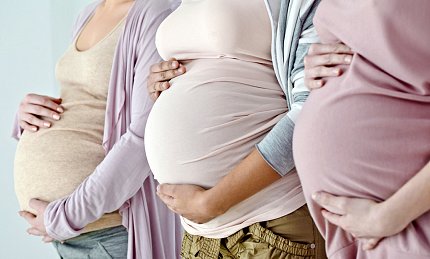Extreme Temperatures Could Increase Preterm Birth Risk

Extreme hot or cold temperatures during pregnancy may increase the risk of preterm birth, according to a study published in Environmental Health Perspectives by NIH researchers.
Study authors found that extremes of hot and cold during the first 7 weeks of pregnancy were associated with early delivery. Women exposed to extreme heat for the majority of their pregnancies also were more likely to deliver early.
The researchers found more consistent associations with early delivery after exposure to extreme heat than to extreme cold weather. They theorized that, during cold spells, people are more likely to seek shelter and so could more easily escape the cold’s effects. But during extreme heatwaves, people are more likely to endure the temperature, particularly when the cost of or access to air conditioning is an impediment.
“Our findings indicate that it may well be prudent to minimize the exposure of pregnant women to extremes in temperature,” said study senior author Dr. Pauline Mendola, an epidemiologist at the National Institute of Child Health and Human Development.
A pregnancy is considered full term at between 39 and 40 weeks. Preterm birth occurs before 37 weeks of pregnancy and increases the risk for infant death and long-term disability. It is unknown why extremes of hot or cold might influence preterm birth risk. However, the researchers theorize that the stress of temperature extremes could hinder the development of the placenta or alter blood flow to the uterus, both of which could potentially lead to early labor.
